When he came to Uganda, back in 2000, Sanjay Awasthi chose the latter- and he does it with zero importation of physical steel, unlike most of his peers and competitors. That is why he proudly identifies his company as a 100% indigenous steel maker and 100% Buy Uganda, Build Uganda (BUBU). In this interview with CEO East Africa’s Muhereza Kyamutetera, he narrates the 23-year story of Tembo Steels and the making of what in his words, is “Africa’s most diversified and integrated steel company”.
For starters, tell us about yourself and your background. Why did you choose Uganda of all destinations and why the steel sector?
My name is Sanjay Awasthi- the Chairman and Founder of Tembo Steels Uganda Limited. I founded the business in 2000. I come from North India. Before coming to Uganda, I owned a scrap melting business there — Vaibhav Castings. We melted scrap into liquid steel, which we cast into billets that we then sold to rollers to roll several other secondary steel products. Our furnace, although small, broke some records in the region as the most efficient and most productive steel plant in the region, producing twice the result of my peers at the time. Part of our secret lay in the choice of technology- We stood apart.
I then decided to venture out of India. Before finally settling to invest in Uganda, I also visited and studied other markets, such as Kenya, Tanzania, Ethiopia, and Nigeria, but Uganda attracted me the most. First of all, there was a big demand for steel. There was only a handful of operational steel melting and rolling mills which couldn’t satisfy the market demand. The law and order situation was comparatively better, and a conducive investment climate- but above all, the people of Uganda are humble and nice. 20 years later, I have no regrets, and this place now feels like home. I have all my investments here. I think I was right. The kind of people we have interacted with, compared to other countries, Ugandans are the best kind of people.
Tembo has been running in Uganda since 2000. How would you describe the journey and what are some of the key highlights along this journey?
We started work in 2000 and we in 2001 laid the foundation stone for the Tembo Steels in Lugazi. In 2002, ribbed bar production at Lugazi started. In 2004, we commissioned our Structure Mill at Iganga to produce light sections. It was the first structural mill in the region.
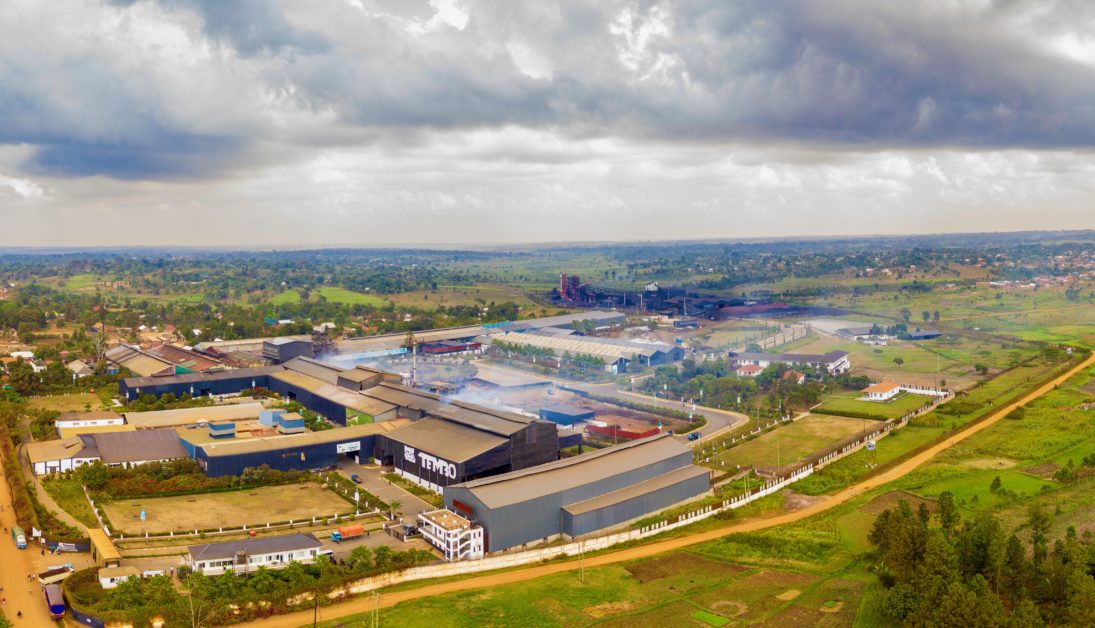
In 2005, we installed the world’s first converter to convert cast iron into liquid low-carbon steel. Cast iron has high levels of carbon and there was no technology available, which could remove the carbon, phosphorus and sulphur at the same time- a very tedious process. We innovated this technology right here in Uganda.
Thereafter, in 2006, we initiated hot-rolled sheets (HRC) in Uganda from the primary route, and we are still the only primary steel producer of HRC in the region. All other companies still import HRC from various destinations of the world, including China, India, Japan, Indonesia, and many other countries. There are just about two countries in Africa that make hot-rolled sheets i.e. South Africa and Egypt. Not even Nigeria or Ethiopia. Secondly, while worldwide, this hot-rolled sheet is only available in one-millimetre thickness and above, we were the first in the world to produce hot-rolled sheets in thicknesses below 1 mm i.e. o.8 mm and 0.7mm and that remains a global benchmark as up to now, there is no mill in the world, which produces a .7 or .8 mm hot rolled sheet under continuous configuration in the whole world. Hot rolled sheets/coils are a major commodity in steel that covers nearly 35% of all steel consumption.
In 2008, we started Thermo Mechanically Treated (TMT). Very few people know here in Uganda that we initiated this TMT that saves users about 15-20% because of its higher strength which leads to the lower consumption of steel.
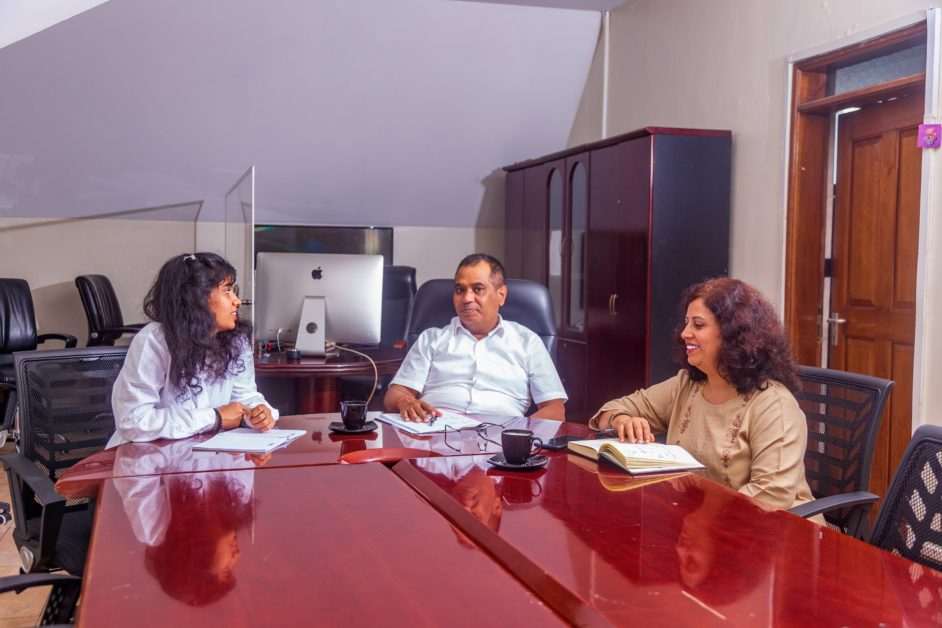
In 2012, we started producing wire rods, using a block mill and this was the first block mill in the whole of East Africa. Wire rods are one of the main verticals in steel covering almost 15% of the overall consumption of any developing nation. We are the only ones who make our wire rods for tertiary steel products. Everybody else in the region imports wire rods- but those imports that you see loaded on trucks are 95% fully-finished material yet they are imported as raw materials. Making our own wire rods here which we use, but also sell to our other customers, has allowed us 100% import substitution but also allows us to export and earn foreign exchange. We sell almost to 80% of wire processors in the country.
Tembo Steels, prefer to identify as a 100% Buy Uganda, Build Uganda company as well as ” Africa’s most diversified and integrated steel company”. How significant is this?
The steel industry has four verticals that are commonly used around the whole world. No steel company in Africa covers all 4 verticals of steel except Tembo Steels.
The first vertical is that of HRC, then wire rods, then TMT and lastly structural steel. These cover almost 80% of commercial steel consumed in any country.
Liquid steel. How do you do the liquid steel? What is involved?
We get our iron ore from Kabale to get our sponge iron. By melting sponge iron, cast iron and scrap combination we get our liquid steel that is much purer and cleaner because it originates from the virgin route. We are the only virgin steel manufacturer in the country.
There is zero importation of any physical steel product in the name of manufacturing. We do 100% import substitution. No other company can proudly say that they are 100% import substitution. Yes, they do certain products from liquid steel, but there is no facility in Africa which can say that they have an integrated process that covers all four verticals.
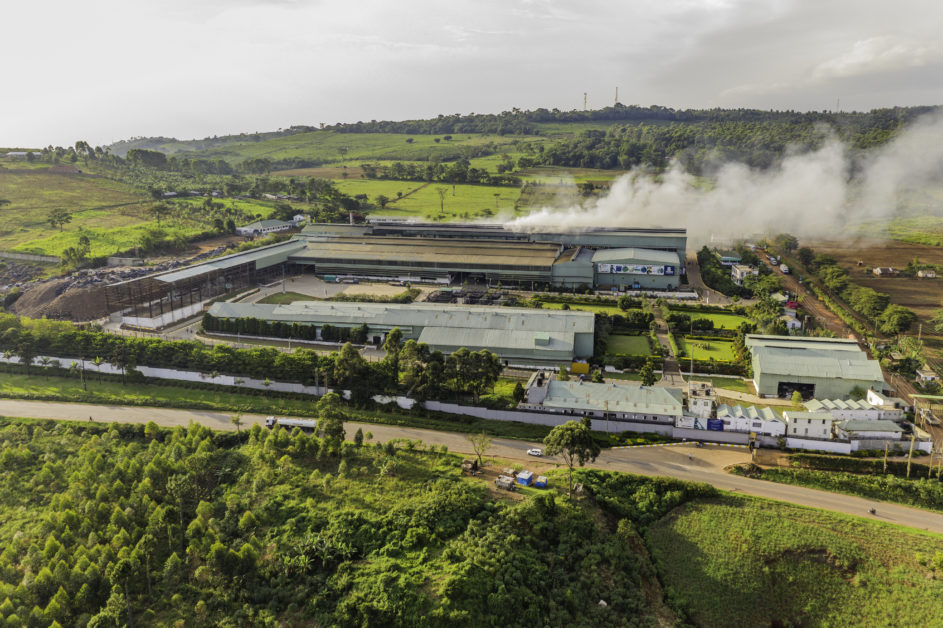
In the steel industry, while melting scrap produces fine liquid steel that can be produced into many products and is used all over the world, it has certain limitations. You have to remember that scrap comes from all sorts of sources- for example from galvanised steel that comes with a bit of zinc and tin. So to get the desired quality of steel, you need to add at least 30 to 40% iron ore- sponge iron that will clear and refine your steel further, to get the required quality and cleaner steel. So the DRI plant in Iganga produces sponge iron from iron ore mined in Kabale, which we use to further refine our steel.
So when we say, we are among the top 5 steel companies in Africa, with an installed capacity of 1.8 million tonnes of steel products, we mean it. When it comes to producing all 4 verticals through an integrated route, we can proudly say we are the only one in the entire continent.
As a person, what inspires you and drives you?
Steel drives me. Steel is the passion that drives me- other than gardening and cooking.
Who inspires you?
The people who are ahead of us will always inspire me. For example, the President of Uganda inspires me tremendously. At his age, he is still energetic and works around the clock. He remains an inspiration to millions.
What is the greatest piece of advice you have received?
Work hard, work smart. And stay foolish. This is partly inspired by Steve Jobs. I am constantly hungry and foolish for knowledge. That is how we keep learning and innovating for the better.
Key to family-owned businesses is the issue of succession planning. How involved is your family in the business?
My family is in front of you- here in my office. My wife, my daughter and my son- they are all involved. My daughter has recently graduated from St. Andrews, one of the finest schools in the United Kingdom, I must say I am lucky.
What would you say is your management style and philosophy?
My management style and philosophy are simple- management that is being simply ahead of our peers through cutting-edge technology and innovation and to keep refining your management strategies. You need to keep learning.
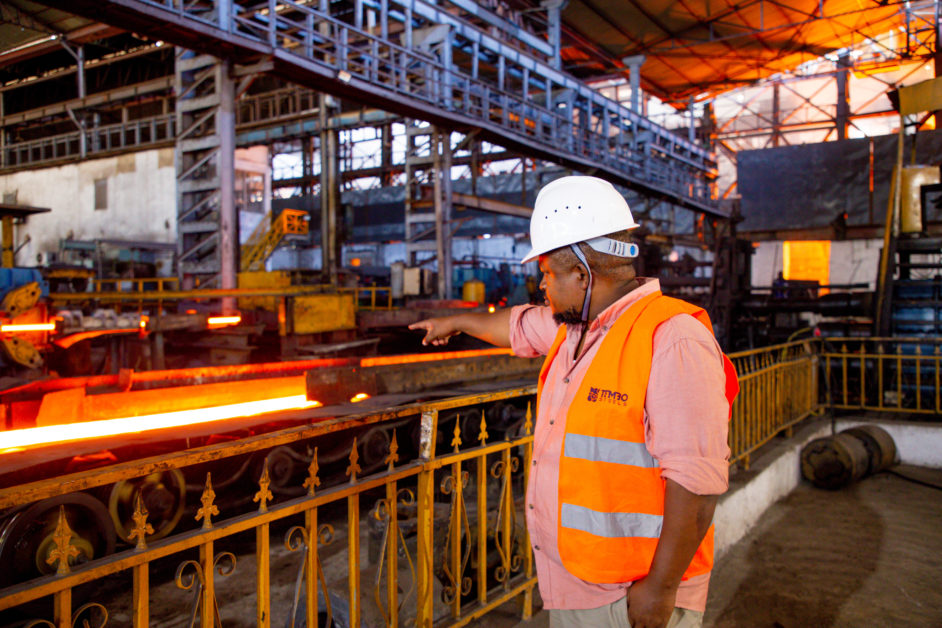
Running such a huge business may sometimes get overwhelming. How do you stay sane in the fast lane?
I think it all comes down to knowing and understanding your abilities and limitations because some people out there are managing a dozen companies with several product lines and others can’t even manage one business. But I think the trick lies in the delegation. If you can delegate it, delegate it to the right people. Do not allow yourself to get over-stressed. Do not cross your stress limit. Because I delegate, these days I sleep well. By 10:00-10:30 pm, I am in bed and I sleep like a baby.
Besides that, I also get time to do my other hobbies. I am not an outgoing person. I am an introvert, so I enjoy cooking and gardening as well. I also love to travel and go places. I am a family person who enjoys his time around my family. Uganda is my home and we also keep visiting and exploring remote places in the country. But Kabale is the most beautiful of them- no wonder it is called the Switzerland of Africa. It is very beautiful.
What are some of the challenges that you face as steel manufacturers, whose fixing, needs to be prioritized to accelerate the growth of the industry?
We need to fix our policies right and create the right policies, tilted towards driving manufacturing- real manufacturing. But in some cases what is happening is that you have people importing semi-finished or sometimes fully-finished goods in the name of raw material. That is a big constraint, because while we are talking about import substitution- import substitution can only happen when the activity is wholly done, which means 100% done in Uganda.
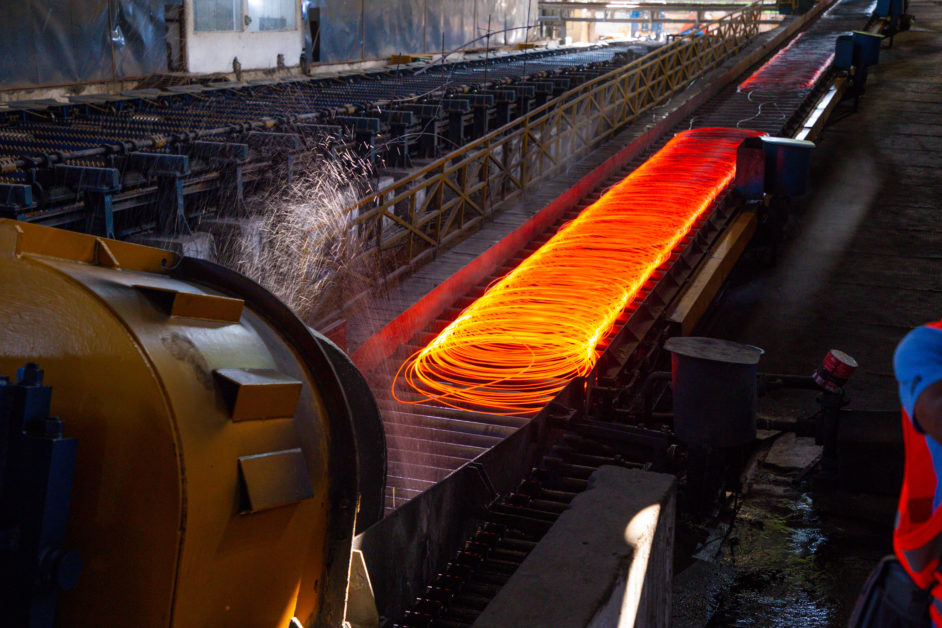
Tembo Steel has got right, the message right from the president that you have to value-add the raw materials in this country. Since its inception in 2000, Tembo Steels has never imported any semi-finished or finished steel of any form. Whatever we do, we do 100% here which means all our raw materials are sourced locally, produced locally, consuming local electricity and local manpower. Our import component is only small- just about or less than 1% and that is only for the consumables- the alloys that are not available in East Africa.
So we don’t import anything, which means that we save 100% of Forex exchange to our country. We import nothing. So whenever we export, our exports are 100% Made in Uganda. But in other cases, they are not 100% made in Uganda. They are being imported from the rest of the world 90-95% finished. When these are made into final goods and then re-exported, its means that the export component shall remain between five to 10%.
How much has Tembo Invested in Uganda to date?
We have an installed capacity of 1.8 million tonnes of a very diversified product portfolio. The fair market value of the enterprise could be worth millions of dollars.
 UGANDANS EXCELLING ABROAD⎮Dr. Michele Nabakka Kigozi: Walking in her mother's medical footsteps
UGANDANS EXCELLING ABROAD⎮Dr. Michele Nabakka Kigozi: Walking in her mother's medical footsteps